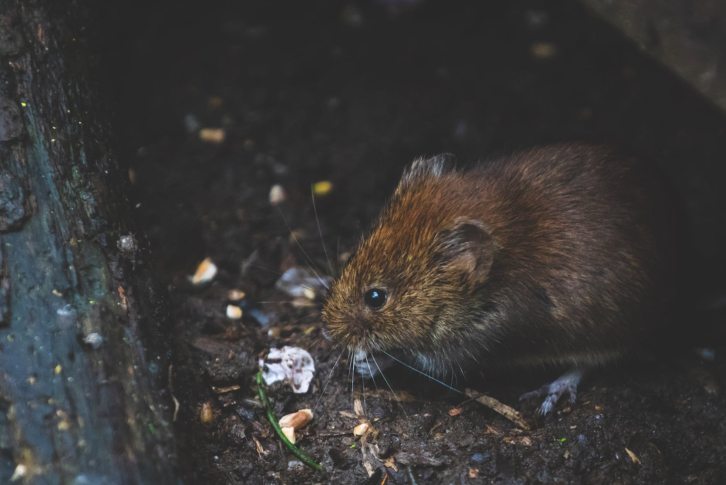Rats are now leaving gnaw marks and excrement in engine compartments and car wiring on newer cars around the country.
The issue is due to soy-based insulation for underhood car wiring, a substitute for higher cost petroleum based coating. The scent of soy is attracting rats enough that many repair shops are seeing increased business due to the phenomenon, which tends to crop up more in colder weather.
Getting Their Wires Crossed
The latest revelation was the subject of a 2016 California class-action lawsuit against Toyota that called for the automaker to introduce warranty language, insuring against rodent damage. In all, 17 Toyota models were named. Problems that could arise as a result of car wiring damage include check engine lights turning off and off erratically and non-starting of the engine.
"While advances in car construction can be beneficial to the environment, there may also be unforeseen consequences such as making your car more appetizing to rodents," said Tracy Noble, AAA Mid-Atlantic spokeswoman.
In response, Toyota issued a denial regarding the severity of the claims in a statement to the Detroit Free Press.
"Rodent damage to vehicle wiring occurs across the industry, and the issue is not brand- or model-specific," said Toyota. "We are currently not aware of any scientific evidence that shows rodents are attracted to automotive wiring because of alleged soy-based content."
NEXT: 1.8 Million Ram Trucks Recalled for Shifter Issues
Watch




